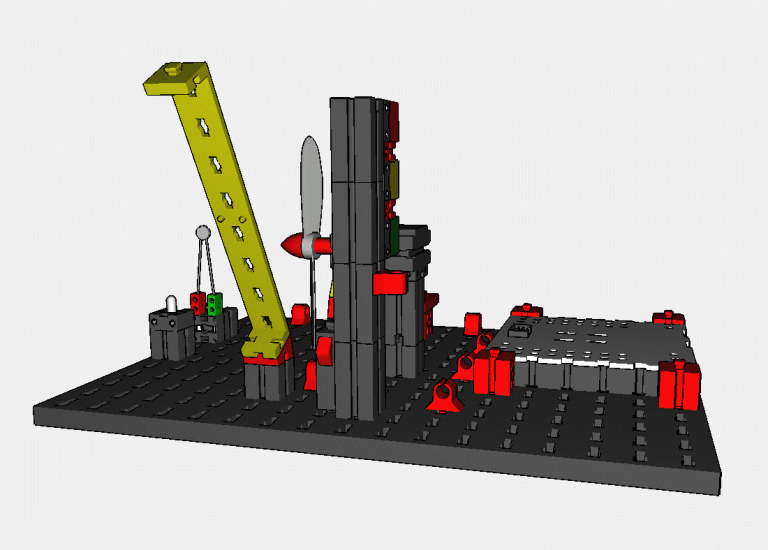


On the contrary some stations show a large gravity increase that can be merely explained by land subsidence itself linked to water depletion by poroelastic effects. Most of these changes indicate a gravity decrease mostly linked to mass deficit due to water depletion. Several new absolute gravity stations were established and former stations, first measured between 20, were repeated showing that the gravity values of many stations have changed in time. New absolute gravity campaigns were performed in Iran in 20 in the frame of the TRIGGER French-Iranian program.

GRACE satellite gravity solutions over Iran also show a general gravity decrease between 20. Based on repetition of first order precise leveling network of Iran, about 44 subsidence areas are identified and continuous data collected by the Iranian permanent GNSS and geodynamic network (IPGN), as well as InSAR data, indicate strong elevation changes in some parts of the country. In this study we will use the existing valuable geodetic data (gravity, GNSS, precise levelling, InSAR) in Iran to better understand the surface deformation and gravity variations caused by underground water depletion attributed to drastic pumping. Population growth, coupled with the expansion of exploitation of groundwater resources for agricultural and industrial purposes, has led Iran to face the necessity of proper use and sustainable management of existing water resources. It is permanently completed to finally support all existing GNSS systems throughout all features of the program.
#FREEWRL MAC VERSION 3.1 MAC OS X#
Precompiled binaries of BNC are available for MS Windows, Linux, and Mac OS X systems. Combining/merging SSR or ephemeris messages from various real-time sourcesīNC has been written under GNU General Public License (GPL). Encoding of State Space Representation (SSR) and ephemeris messages
#FREEWRL MAC VERSION 3.1 CODE#
With high-level source code at hand, it also allows university education to catch up with comprehensive state-of-the-art positioning and potentially contributes fresh ideas which are free from any licensing. Basically, the tool enables the test, validation and further evolution of new RTCM messages for precise satellite navigation. Promoting Open RTCM Standards for streaming GNSS data over the Internet has been a major aspect in developing BNC as Open Source real-time software. Although meant to be a real-time tool, it comes with some post processing functionality. Stream content could be observations, ephemeris, satellite orbit/clock products or NMEA sentences.
#FREEWRL MAC VERSION 3.1 SERIAL#
Typical real-time communication follows the Ntrip protocol over TCP/IP (probably via SSL), RTSP/RTP or UDP, plain TCP/IP protocol, or serial communication links. It can be used in different contexts with varying data flows. This book describes the BKG Ntrip Client (BNC) which is a program for simultaneously retrieving, decoding, converting and processing or analyzing real-time GNSS data streams applying the ‘Networked Transport of RTCM via Internet Protocol’ (Ntrip) RTCM standard.


 0 kommentar(er)
0 kommentar(er)
